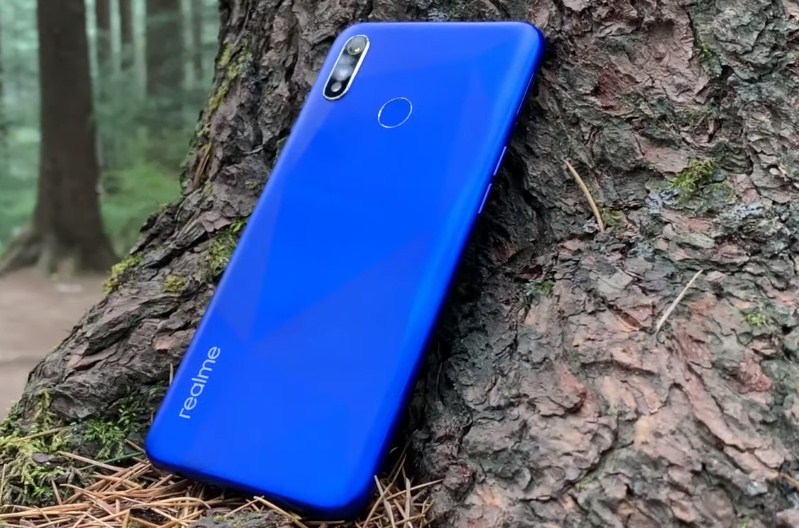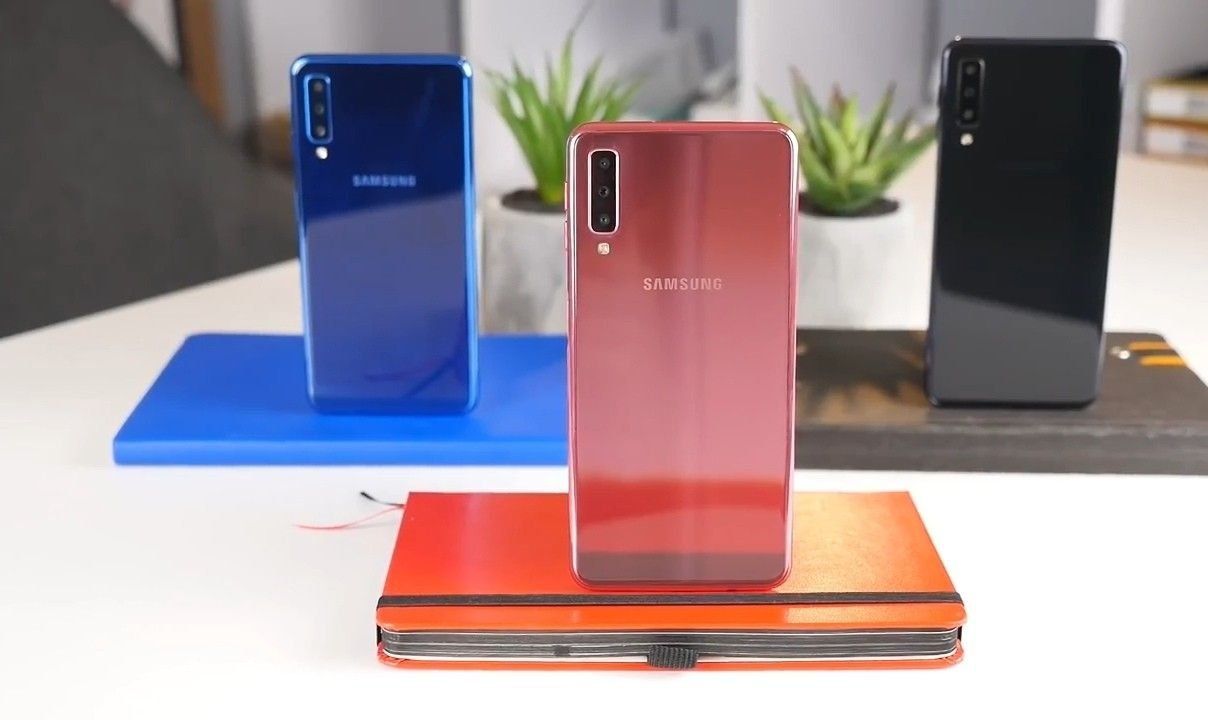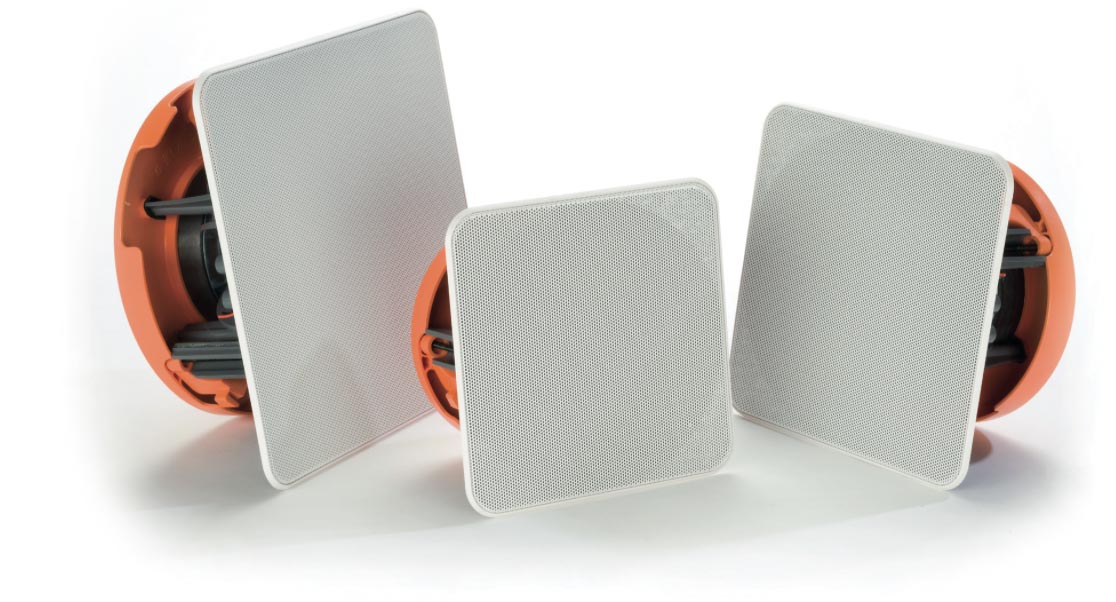Ranking of the best outdoor varnishes for 2022
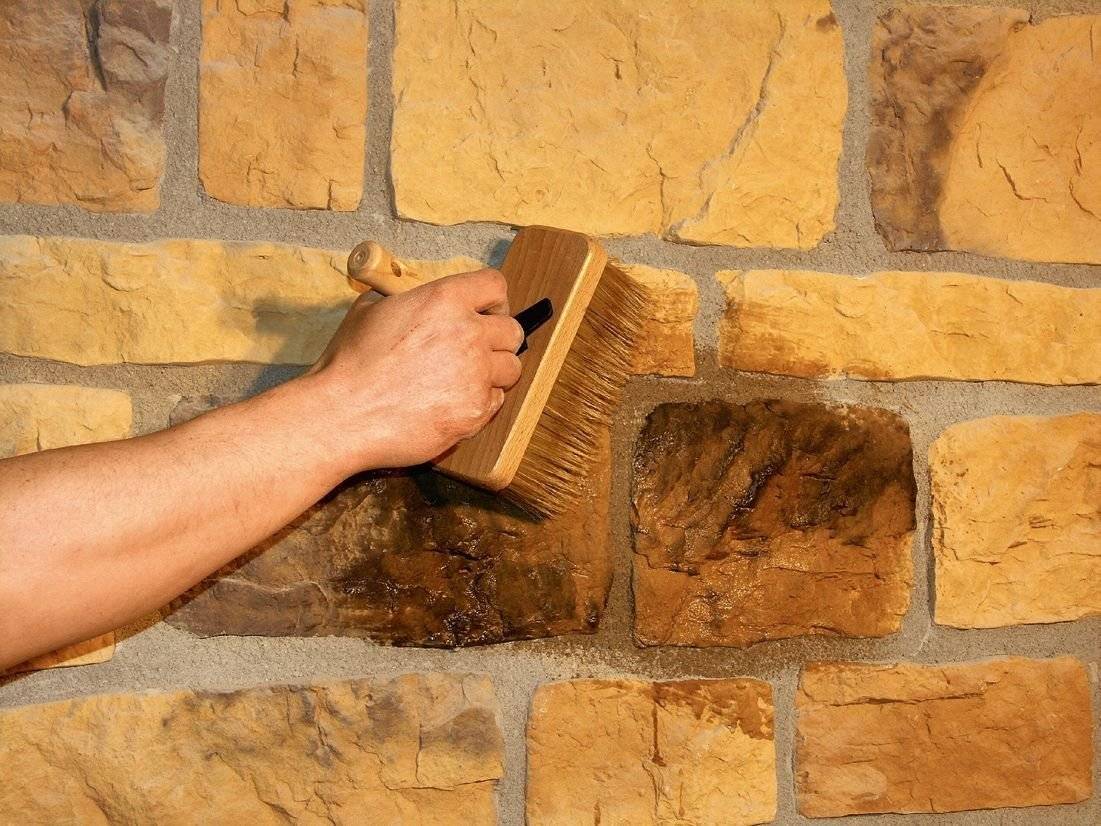
Lacquer for exterior processing of various bases (from brick and concrete to wood, chipboard and plastic) is used not only as a decorative coating. Proper varnishing is designed to qualitatively protect the surface from mechanical stress and adverse weather conditions. Especially this type of varnishing work is in demand for structures erected in a temperate climate zone.

Content
Outdoor varnishes for hard substrates
These products are particularly resistant to temperature extremes (within small limits), they can successfully withstand moisture. They endow the treated surface with a fair degree of wear resistance, which means an extension of its operational period. Their basic properties include:
- The ability to withstand various aggressive environments (acids, alkalis, hard organics, harsh synthetics);
- Possession of increased adhesive properties, which is achieved due to deep penetration into the structure of the treated surface;
- Improving overall wear resistance and impact strength for natural minerals and artificial stone;
- Weak exposure to high / low temperatures;
- Durability.
Popular types of exterior varnish for brick, concrete, stone
In the first place in this list, you can put polymeric materials that have excellent moisture resistance, excellent strength and increase the period of natural wear. They adhere well and dry fairly quickly. In second place, it is possible to determine polyurethane compounds. They are not much different from the previous ones, but they are superior in that they completely do not let moisture through (if applied with a quality layer). Therefore, their main scope is the finishing of bowls in outdoor pools, as well as the processing of paving slabs. The third most popular will be silicone and acrylic compounds. They do not get too much distribution due to their high cost, but their performance is the best. At the same time, the quality of their execution of interior and decorative works, the results of which will be permanently outdoors in the future, corresponds to the highest level. Moreover, they will be an ideal solution for processing large areas made on the basis of minerals.
Any exterior lacquer used for outdoor applications will include special inclusions designed to provide a certain visual effect. He can be:
- Glossy - creates a completely shiny surface;
- Semi-gloss - gives the base the effect of "wet stone";
- Matte - a somewhat dark shade, designed to hide the flaws of the main surface;
- Semi-matte - something in between the level of visual "velvety" between matte and glossy, but does not have such a pronounced shine.
Polymer
These compounds are most often used to coat standard mineral surfaces and artificial stones.Polymers are able to give good decorative features, while increasing wear resistance. The substance can adequately cope with low temperatures, protect against moisture penetration. Over time, polymer street varnishes do not fade, fully maintaining performance. Regarding the features of their compositions, it is worth mentioning that they are always one-component, which reduces the time spent on the drying process. Fast drying occurs due to the small proportion of the water component. For the same reason, it is allowed to process gypsum objects with polymeric substances, because the material will not soften the base. Most of these varnishes have a matte finish, however, they can be tinted with special additives.
Polyurethane
This varnish can be used for any structures during construction work. The mixture is a polymer including polyurethane. To enhance the consistency, the addition of an organic solvent is allowed. Due to the latter, the solution forms a transparent and durable film during hardening. As with the previous sample, tinting is allowed for polyurethane mixtures. This is very convenient in cases where it is required to create the same type (with a bearing surface) coating. Polyurethane lacquer products are the products that best achieve the “wet stone” effect. Also, the increased protective properties of this substance can easily fit both brick and concrete. If the surface to be treated is made from these two materials, then such a tandem will double the durability and wear resistance. The moisture resistance of the material in question is also maintained at the required level.In general, metal structures sewn into lacquered concrete will be maximally protected by waterproofing properties from any manifestations of corrosion.
Acrylic silicone
This type of product has a dual purpose - both applied and decorative and finishing. The substance fits perfectly on brick, concrete, gypsum, stone and some artificial minerals. Due to special chemical inclusions, the surface treated with acrylic silicone will not turn yellow over time, even when permanently exposed to direct sunlight. At the same time, a resistant moisture-proof film will be kept on the base. The base for this mixture is acrylic acid, including acetylene. Due to this inclusion, the varnish does not have a strong smell, is environmentally friendly and can be used for exterior decoration of specialized medical buildings and small architectural forms (for example, outdoor gazebos in a sanatorium). Application is possible on any solid materials, up to gypsum and metal. Coloring is allowed.
Outdoor varnishes for substrates with limited hardness
Most of these exterior varnishes have a very specific characteristic that accurately describes their basic functionality - "weather-resistant products with protective and decorative properties." In most cases, they are used for decorative purposes, and protective properties are attached to processed bases, as if as an essential addition. However, this does not greatly reduce the effectiveness of protection. The main difference is that it is desirable to use them together with various working additives (from fire-fighting impregnation to antibacterial inclusions), and it is preferable to apply them in several layers.
Basic qualities
Most objects that are made of materials that are not particularly hard (chipboard), relatively fragile (plastic) or have a porous structure (natural wood) require protective treatment if they are used outdoors all the time. Accordingly, the varnish applied to them must successfully fight and withstand the following factors:
- Humidity (typical for wood products) - when water is absorbed and dried, the object will swell, changing its dimensions orthogonally and linearly. The film-forming substance will help to reliably protect it from swelling, lowering the absorption properties to zero.
- Pathogenic microorganisms (typical for wood products) - due to their vital activity, the object of processing will quickly age and lose strength. For most microorganisms, a tree is a nutrient medium, therefore, it is necessary to fight them with the help of antiseptics that are part of the varnish solution and protecting the surface with a strong varnish film.
- Insects (typical for wood products) - control methods are similar to those described above, and the difference is only in the size of the "enemy", and insecticide additives are used to combat it. The film preservation of the surface will lead to an increase in the hardness of the tree and will not succumb to gnaw by pest bugs.
- Flame (typical for wood and plastic products) - processed materials are usually classified as combustibility group G4. The inclusion of special impregnations in the composition of the varnish will help to increase the ability to resist fire. These include various flame retardants, which will expand the scope of wood / plastic in exterior decoration.
- Ultraviolet rays (typical for wood and plastic products) - under their influence, the object will acquire an unpleasant gray color in just a few years. The transparent film of the composition, which has a special light filter in its structure, will successfully retain the sun's rays, preventing them from having a negative effect on the surface of the treated object.
- Temperature fluctuations (typical for wood and plastic products) - this protective property of the applied solution will depend on the chemical component of the base - it should help restore the shape of the film after heating and maintain its plasticity during frost.
- Dirt (typical for wood and plastic products) - due to their extreme soiling and weak antistatic properties, materials with limited hardness, constantly located on the street, easily “attract” dirt. If, however, they are covered with a special solution, then through the formed film for wood, the access of dirt to its porous structure will be blocked, and the plastic will acquire antistatic protection. In addition, it is much easier to remove dirt from the applied film than from the untreated surface.
IMPORTANT! It is worth mentioning that not all varnishes under consideration require the mandatory presence of the above properties in the complete set. For wood, for example, only those products that have antiseptic additives to fight bacteria can be used, but for plastic-based siding, a solution with a light filter to counteract fading under UV rays is better suited. In any case, all these qualities are usually indicated on the container of the material using the appropriate marking.
Popular types of exterior varnish for medium-hard substrates
Oil-resin (oil)
Their main feature is the increased concentration of organic resins, organic compounds and various oils. Due to this structural organization, these mixtures have a thick consistency, and it is recommended to apply them exclusively with a brush. After application, they form a thick yellowish film. In principle, the technology is outdated, but still guarantees proper strength and UV resistance, coupled with sufficient elasticity.
Most of these materials are classified based on the percentage of oils in them:
- From 35 to 55% - "dry";
- From 55 to 65% - medium "dryness";
- From 65 to 85% - "fat".
Of the main disadvantages, long drying can be distinguished, which takes from 24 to 72 hours. Recently, they are rarely used for outdoor work, and then only on wooden bases. The reason for this is the emergence of more reliable compounds. However, if the issue of monetary savings is at the forefront in the production of street finishing works, then these products will be the best solution.
Alkyd-carbide (alkyd)
These solutions are based on pentaphthalic or glyphthalic resins. The role of the solvent is played by white spirit or solvent. A desiccant may be added for faster drying. These dyes are a good solution for coating street structures made of synthetic materials. They are characterized by sufficient strength, well resist water and temperature extremes. If there is a flame retardant in the structure, then the structure will melt / burn through without open fire and the release of caustic harmful substances. Unlike oil samples, alkyd ones have greater transparency. The main disadvantage is the presence of an unpleasant odor during processing, which will disappear with time.The maximum service life of the coating is 2-3 years, after which it will require renewal.
Alkyd-urethane (polyurethane)
In this variety, the base is made on a polyurethane basis, it also contains a solvent and a hardener. This type is characterized by wear resistance, moisture resistance, good resistance to mechanical stress, dries quickly (approximately within 8 hours). The formed film may have a semi-gloss tint or be completely transparent. Easily suitable for facade decoration. Relatively recently, similar samples on a polyurethane base also began to contain a water component. So the issue of increasing environmental friendliness and maximum resistance to abrasion was solved. Thus, this lacquer can be used to cover surfaces with limited hardness that are subject to periodic mechanical stress (for example, a wooden floor on an open-air stage). At the same time, the service life of the coating was extended.
Acrylic-urethane (acrylate)
These substances are classified as water-soluble types, and they are positioned as universal. They are distinguished by fire safety, environmental friendliness, vapor permeability, and hence it is clear that they are suitable for any application. Nevertheless, more often they are used on synthetic fragile bases located outside, because the level of protection provided (in terms of withstanding temperature extremes and high humidity) is quite decent. Due to the fact that they use a water-soluble base, their consistency is not too thick. And this, in turn, means a reduction in the cost of covering one square meter. But a weak consistency requires the application of several layers, which indicates an increase in the drying time.For acrylate samples, it can be up to 14 days! In any case, their popularity is ensured by powerful adhesion, the ability to dilute water, the absence of unpleasant odors during operation and sufficient safety. As a result, acrylate is an excellent material for outdoor use in small architectural forms.
Ranking of the best outdoor varnishes for 2022
Budget segment
3rd place: "Veslee (spray, aerosol) transparent (colorless) matte for wood, metal, plastic, bottle, 520 ml, 270 g"
Designed to create a protective coating and give a decorative matte sheen to painted and unpainted products made of metal, wood, plastic, etc. The sample is weatherproof, has high adhesion and good hiding power. It can be successfully used for decorating various interior details and various surfaces. Suitable for outdoor use, resistant to adverse weather conditions, does not fade or turn yellow over time. Reliably protects surfaces from oxidation and rust. Does not contain lead and mercury. The recommended cost for retail chains is 203 rubles.

- Convenient application;
- Environmental friendliness;
- Good hiding power.
- Small container volume.
2nd place: "ZERWOOD LK 0.9kg."
The sample is used for decorative finishing and protection of natural and artificial stone, brick, tiles (facades and plinths of buildings, stone fences, decorative finishing of fireplaces), except for horizontal surfaces that are subject to abrasion, direct exposure to precipitation (pedestrian paths, pavements, etc.). ). The recommended cost for retail chains is 450 rubles.
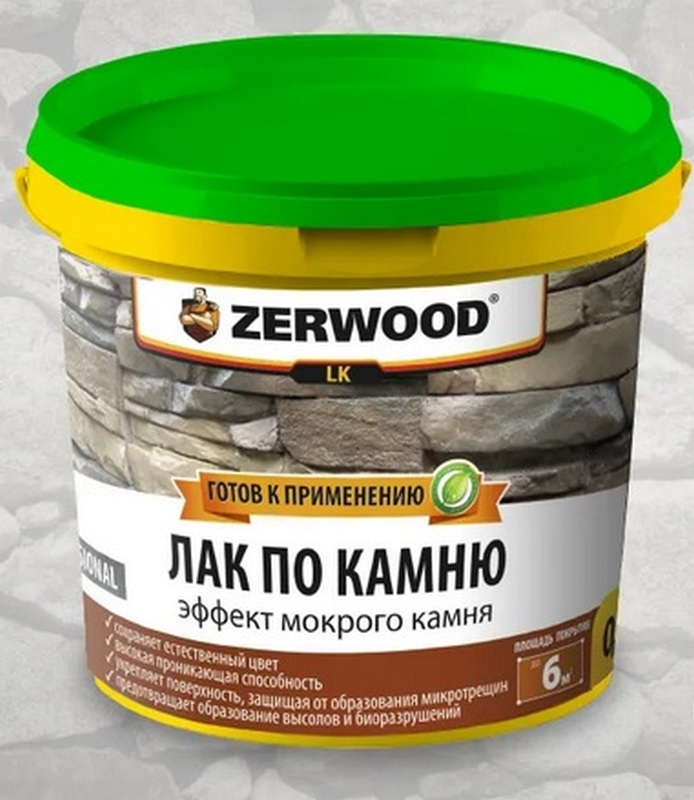
- Increased penetrating ability;
- Protects against the formation of microcracks;
- Prevents the formation of efflorescence and biodegradation;
- Increases frost resistance;
- The composition does not contain substances prohibited in the Russian Federation and the EU.
- Not detected.
1st place: "Pufas Decoself" Tzapon "for outdoor and indoor use (0.5l)"
The product is intended for protective and decorative coating of materials operated at temperatures from -30°C to +80°C. Main characteristics: glossy finish, drying time, hours - 0.5, shelf life in days - 365, the scope of the composition is universal. The recommended cost for retail chains is 480 rubles.

- Classic oil composition;
- Traditional formula;
- Versatility of use.
- Small container.
Middle price segment
3rd place: "PF-170 for outdoor and indoor use 0.8l."
Made on the basis of alkyd resins. Designed to provide a decorative, high gloss, weather resistant coating on new and previously painted surfaces, inside and out, excluding floors. Recommended for prepared wooden surfaces, primed metals, aluminum and its alloys. In dry interiors, varnishing of cleaned metals is allowed without additional priming. It can be used on mineral substrates to give the effect of "wet stone" - glossing facing bricks, clinker, decorative sandstone, etc. It prevents the penetration of moisture into the pores and blocks the appearance of efflorescence. Can be used as an additive in pentaphthalic enamels to increase the gloss of the final coating.In a mixture with aluminum powder, it allows to obtain a weather-resistant semi-gloss enamel that can withstand heating up to +250 degrees Celsius. The recommended cost for retail chains is 540 rubles.

- Operational period - at least 5 years;
- Adequate value for money;
- modified formula.
- Not detected.
2nd place: "Green Ruler"acrylic universal transparent matte 1 l."
The product is used to create a transparent coating. Used for wooden elements: doors, windows, new and clean wood surfaces, plywood, logs, lining, wooden facades, fences, fences, overhangs, (does not apply to floors and parquet), for mineral substrates, fiberboard and chipboard. Good compatibility with other water-based materials. Creates a decorative sheer finish that brings out the texture of the material. It is tinted with water pigment pastes. Excellent water resistance and weather resistance (UV, weathering and cracking). Contains active additives against rot, mold, algae and other microflora. The recommended cost for retail chains is 560 rubles.

- Work with most materials of limited hardness;
- Antiseptic additives in the structure;
- Sufficient volume.
- Not detected.
1st place: Svyatozar-98 LUX. Acrylic, colorless, semi-gloss for outdoor use"
The product is intended for high-quality decorative design, protection of external surfaces of walls, ceilings, railings, doors, architraves, skirting boards and other details.Forms a transparent coating that not only perfectly emphasizes the structure of wood, but also preserves its natural color. The lacquer film is highly resistant to atmospheric precipitation and temperature changes, protects the substrate from UV rays. It has excellent adhesion to wood, brick, fiberboard, plywood, latex and acrylic materials. Easy to apply, dries quickly, forms a durable, breathable and elastic coating. Withstands cleaning with detergents, does not smell, non-toxic, fire and explosion safe. Consumption is 120-150 gr/m2 for one layer. The recommended cost for retail chains is 565 rubles.

- Possibility of spraying;
- Small expense;
- Excellent rain resistance.
- With a thick layer - bubbles.
Premium class
3rd place: "VGT" acrylic for outdoor use, colorless, glossy, 0.9 kg"
The sample is used for decorative finishing and protection of wooden (except floors), brick, concrete and other mineral surfaces, as well as natural and artificial stone. Resistant to ultraviolet (light resistance corresponds to the norm according to GOST R 52020-2003). It is a milky white homogeneous viscous liquid with a slight odor. When completely dried, it forms a transparent, elastic, durable film, changes its color from milky white to colorless. Contains antiseptic additives, can be tinted in any color, resistant to UV radiation. The recommended cost for retail chains is 620 rubles.

- Excellent quality;
- Ease of application;
- Tint dry indication.
- Not detected.
2nd place: "Razsvet" alkyd, for outdoor use, high-strength, colorless glossy 0.8 kg "
The product is intended for coating wooden, metal and surfaces painted with various enamels, operated in atmospheric conditions. It is able to form a high-strength coating, perfectly protects painted surfaces from atmospheric influences, has increased water resistance, gloss. Composition - alkyd resin, solvent, special additives. The recommended cost for retail chains is 680 rubles.

- Innovative composition;
- Additional degree of gloss;
- Increased strength.
- Limited use (only outdoor work).
1st place: "Akrimaks" acrylic water-dispersion 0.9 kg for outdoor and indoor use"
The sample is used for decorative finishing and protection of wooden (except floors), brick, concrete and other mineral surfaces, as well as surfaces made of natural and artificial stone, paper wallpapers and glass wallpapers. It is characterized by high performance properties, does not lose strength in conditions of high humidity. The surface must be clean, sound, dry, free of dust and grease for use. Peeling old, fragile coatings must be removed before application. To obtain the best decorative effect, the surface is recommended to be sanded. The recommended cost for retail chains is 720 rubles.

- Ability to work on very fragile objects;
- Possibility of reapplying;
- Strength.
- Not detected.
Conclusion
When choosing a varnish composition for outdoor finishing work, you should not focus only on the speed of its drying (so that rain does not catch the surface during the hardening process). You should always pay special attention to its protective chemical properties, because even if the varnish dries quickly, but the treated base does not receive the necessary protection, the coating will quickly collapse, and, as a result, the object itself will become unusable.
new entries
Categories
Useful
Popular Articles
-

Top ranking of the best and cheapest scooters up to 50cc in 2022
Views: 131651 -

Rating of the best soundproofing materials for an apartment in 2022
Views: 127690 -

Rating of cheap analogues of expensive medicines for flu and colds for 2022
Views: 124519 -

The best men's sneakers in 2022
Views: 124033 -

The Best Complex Vitamins in 2022
Views: 121940 -

Top ranking of the best smartwatches 2022 - price-quality ratio
Views: 114980 -

The best paint for gray hair - top rating 2022
Views: 113395 -

Ranking of the best wood paints for interior work in 2022
Views: 110319 -

Rating of the best spinning reels in 2022
Views: 105329 -

Ranking of the best sex dolls for men for 2022
Views: 104366 -

Ranking of the best action cameras from China in 2022
Views: 102216 -

The most effective calcium preparations for adults and children in 2022
Views: 102011

